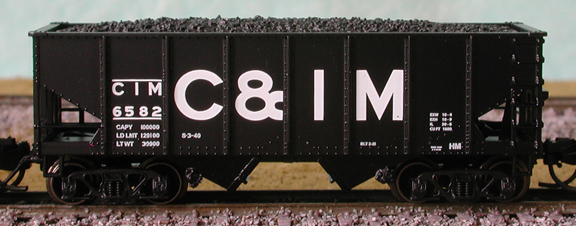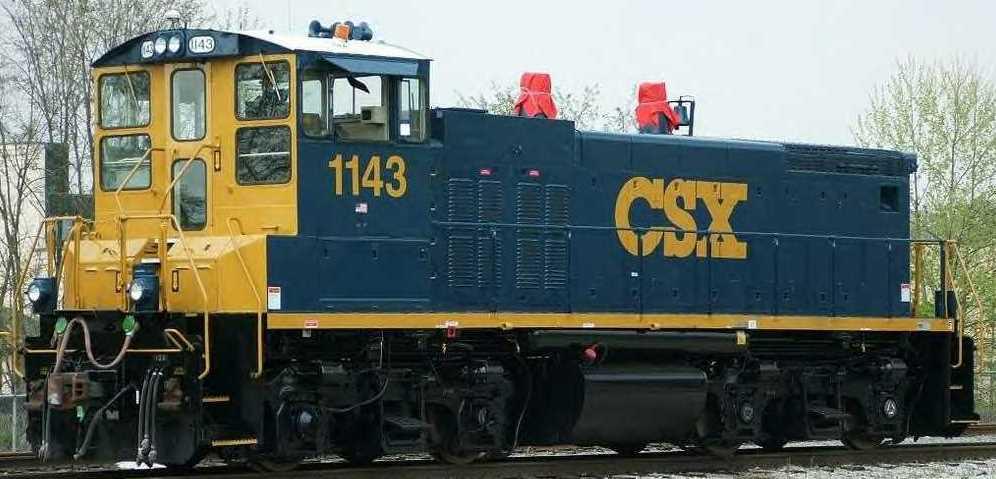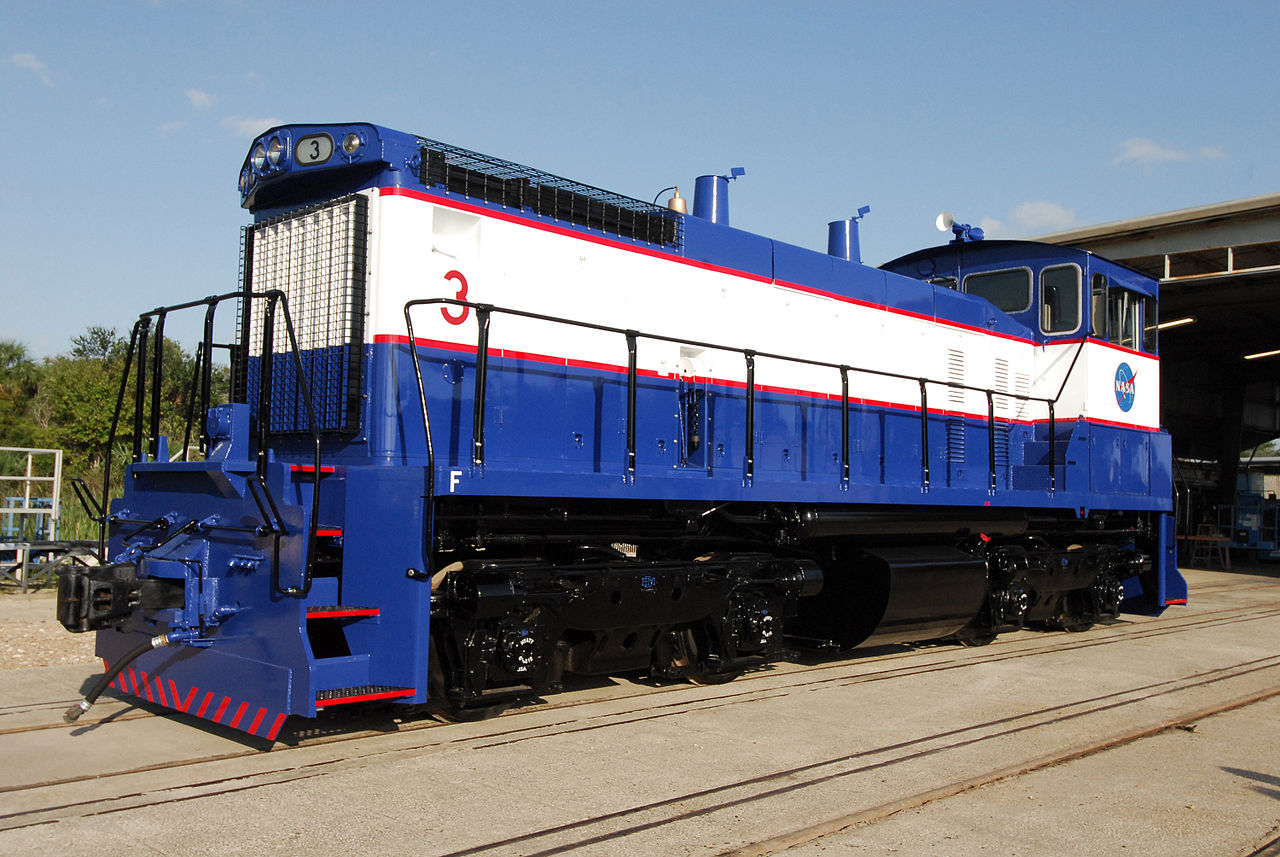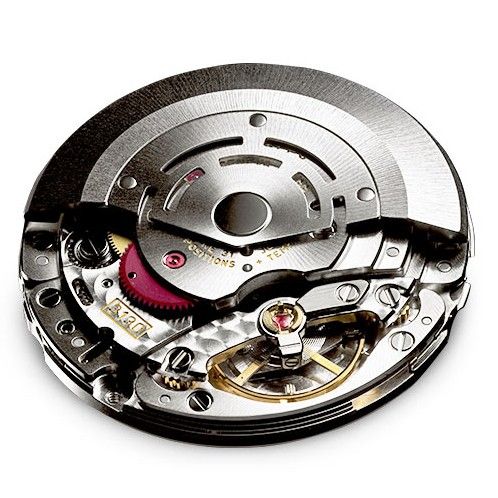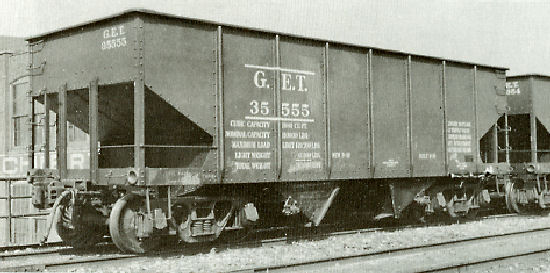Specific Item Information: The Chicago & Illinois Midland was a busy, 121 mile coal hauler in Central Illinois. Coal loaded at mines on the line was moved to river docks at Havana, Illinois or to connecting lines including Wabash, B&O, IC, GM&O, C&NW, RI, CB&Q, M&St.L, PRR, TP&W and Nickel Plate. This was a big time operation in a small package. Mile long freights pulled by hansom 2-10-2’s were the norm.
Model Information: These ready-to-run cars feature: die cast slope sheet-hopper bay-center sill assembly; injection molded plastic sides, ends, and hopper doors; fully molded brake tank, valve and air lines; body mounted brake hose detail; coal load; lever-style hand brake; body mounted magnetically operating knuckle couplers; close coupling; and Fox Valley Models metal wheels.
Prototype History: The USRA 55-Ton hopper was designed by the United States Railway Administration during World War I as a standardized hopper to be used by all railroads in order to aid the war effort. After WWI many railroads continued to use the USRA 55-Ton hoppers, as well as build many thousands more clones. The USRA hopper was in use on North American railroads from 1918 until the 1970’s
Road Name History: 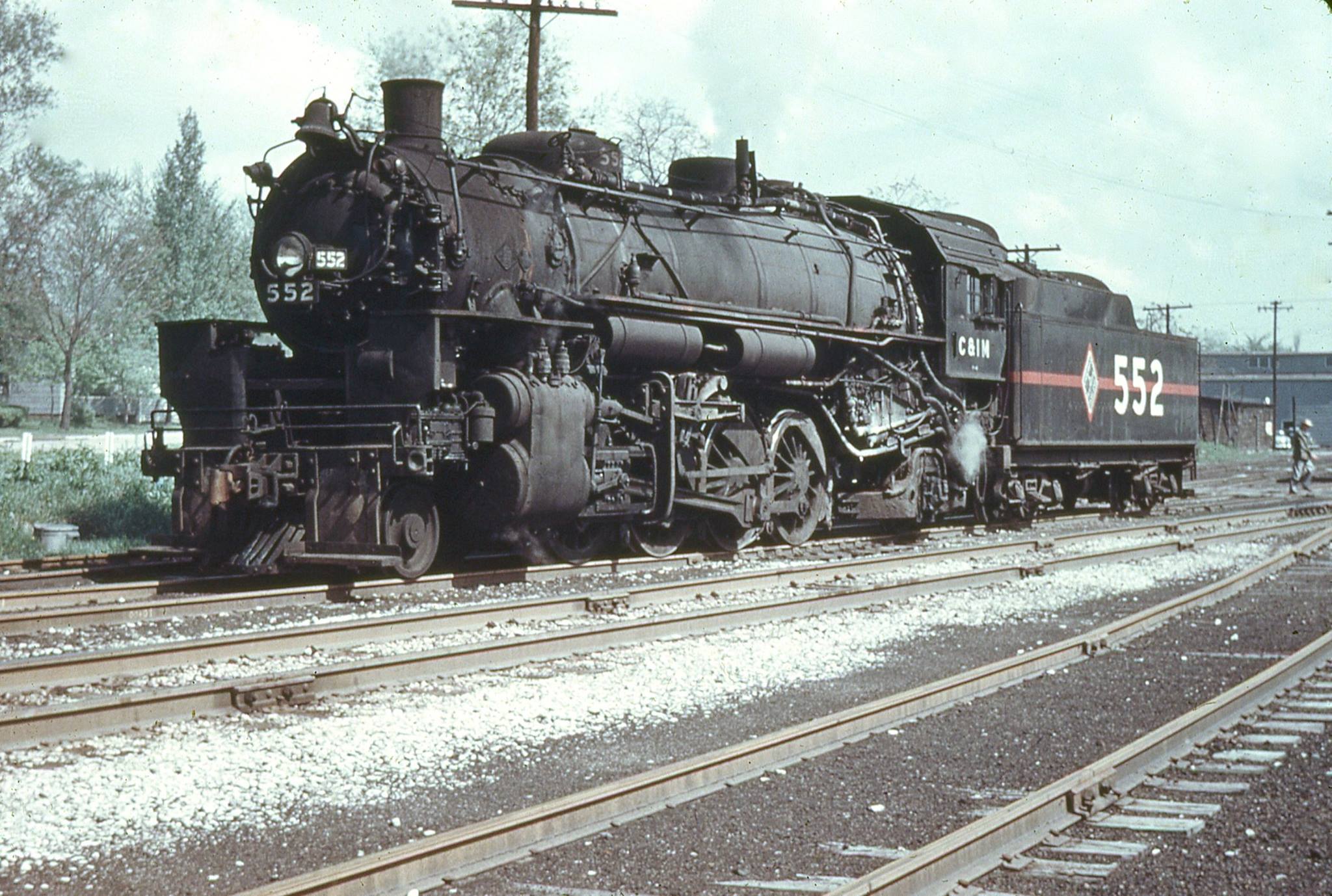 The Chicago & Illinois Midland ran from Peoria south to Springfield (the state capital) and Cimic, then east to Taylorville, Illinois. Total mileage was around 120 (7 miles longer than RF&P by comparison.) For much of its history, the C&IM was owned by utility giant Commonwealth Edison. Most of the traffic was coal. Over the years, coal has moved from mines along the south end of the line to Illinois River docks at Havana and to other carriers at Peoria. As Wyoming coal became more popular, coal moved from connections at Peoria to the docks at Havana.
The Chicago & Illinois Midland ran from Peoria south to Springfield (the state capital) and Cimic, then east to Taylorville, Illinois. Total mileage was around 120 (7 miles longer than RF&P by comparison.) For much of its history, the C&IM was owned by utility giant Commonwealth Edison. Most of the traffic was coal. Over the years, coal has moved from mines along the south end of the line to Illinois River docks at Havana and to other carriers at Peoria. As Wyoming coal became more popular, coal moved from connections at Peoria to the docks at Havana.
C&IM was the last Class 1 railroad to order 4-4-0s. A trio of them were built by Baldwin in 1927 and ’28. Later in the steam era, C&IM bought second hand 2-10-2s from Wabash and Atlantic Coast Line as coal traffic increased. We tend to believe that the “Steam to Diesel Transition Era” unfolded over a long period with the first switchers and streamliners arriving in the late 1930s and the last steam road power retiring around 1957 or so. C&IM was unusual in that it remained all-steam through 1954. When they did switch, it was with a suddenness that could strike panic in the hearts of steam fans. The first EMD switchers arrived in early 1955. Then, in the third week of November, the first SD9 arrived on the property. Within FIVE DAYS steam was gone from the C&IM mainline, leaving a few 0-8-0’s in yard service. On December 5th, the 0-8-0’s were gone too.

C&IM was the last Class 1 railroad to order 4-4-0s. A trio of them were built by Baldwin in 1927 and ’28. Later in the steam era, C&IM bought second hand 2-10-2s from Wabash and Atlantic Coast Line as coal traffic increased. We tend to believe that the “Steam to Diesel Transition Era” unfolded over a long period with the first switchers and streamliners arriving in the late 1930s and the last steam road power retiring around 1957 or so. C&IM was unusual in that it remained all-steam through 1954. When they did switch, it was with a suddenness that could strike panic in the hearts of steam fans. The first EMD switchers arrived in early 1955. Then, in the third week of November, the first SD9 arrived on the property. Within FIVE DAYS steam was gone from the C&IM mainline, leaving a few 0-8-0’s in yard service. On December 5th, the 0-8-0’s were gone too.
Brand/Importer Information: Bluford Shops began in 2007 as a side project of two model railroad industry veterans, Craig Ross and Steve Rodgers. They saw a gap between road names available on N scale locomotives but not available on cabooses. They commissioned special runs of Atlas cabooses in Atlantic Coast Line, Central of Georgia, Monon, Boston & Maine and Southern plus runs on Grand Trunk Western and Central Vermont on the MDC wooden cabooses. While these were in process, they began to develop their first all new tooling project, 86' Auto Parts Boxcars in double door and quad door editions in N scale. By January of 2008, Bluford Shops became a full time venture. Along with additional N scale freight cars and their own tooling for new cabooses, they have brought their own caboose line to HO scale. They also have their popular Cornfields in both HO and N. The future looks bright as they continue to develop new products for your railroad.
The town of Bluford in southern Illinois featured a small yard on Illinois Central's Edgewood Cutoff (currently part of CN.) The yard included a roundhouse, concrete coaling tower (which still stands) and large ice house. Reefer trains running between the Gulf Coast and Chicago were re-iced in Bluford. Things are more quiet now in Bluford with the remaining tracks in the yard used to stage hoppers for mines to the south and store covered hoppers. Intersecting the IC line in Bluford is Southern Railway's (currently NS) line between Louisville and St. Louis. Traffic on this single track line remains relatively heavy.
The town of Bluford in southern Illinois featured a small yard on Illinois Central's Edgewood Cutoff (currently part of CN.) The yard included a roundhouse, concrete coaling tower (which still stands) and large ice house. Reefer trains running between the Gulf Coast and Chicago were re-iced in Bluford. Things are more quiet now in Bluford with the remaining tracks in the yard used to stage hoppers for mines to the south and store covered hoppers. Intersecting the IC line in Bluford is Southern Railway's (currently NS) line between Louisville and St. Louis. Traffic on this single track line remains relatively heavy.
Item created by: gdm on 2016-06-24 16:23:43. Last edited by gdm on 2018-01-24 07:35:53
If you see errors or missing data in this entry, please feel free to log in and edit it. Anyone with a Gmail account can log in instantly.
If you see errors or missing data in this entry, please feel free to log in and edit it. Anyone with a Gmail account can log in instantly.


